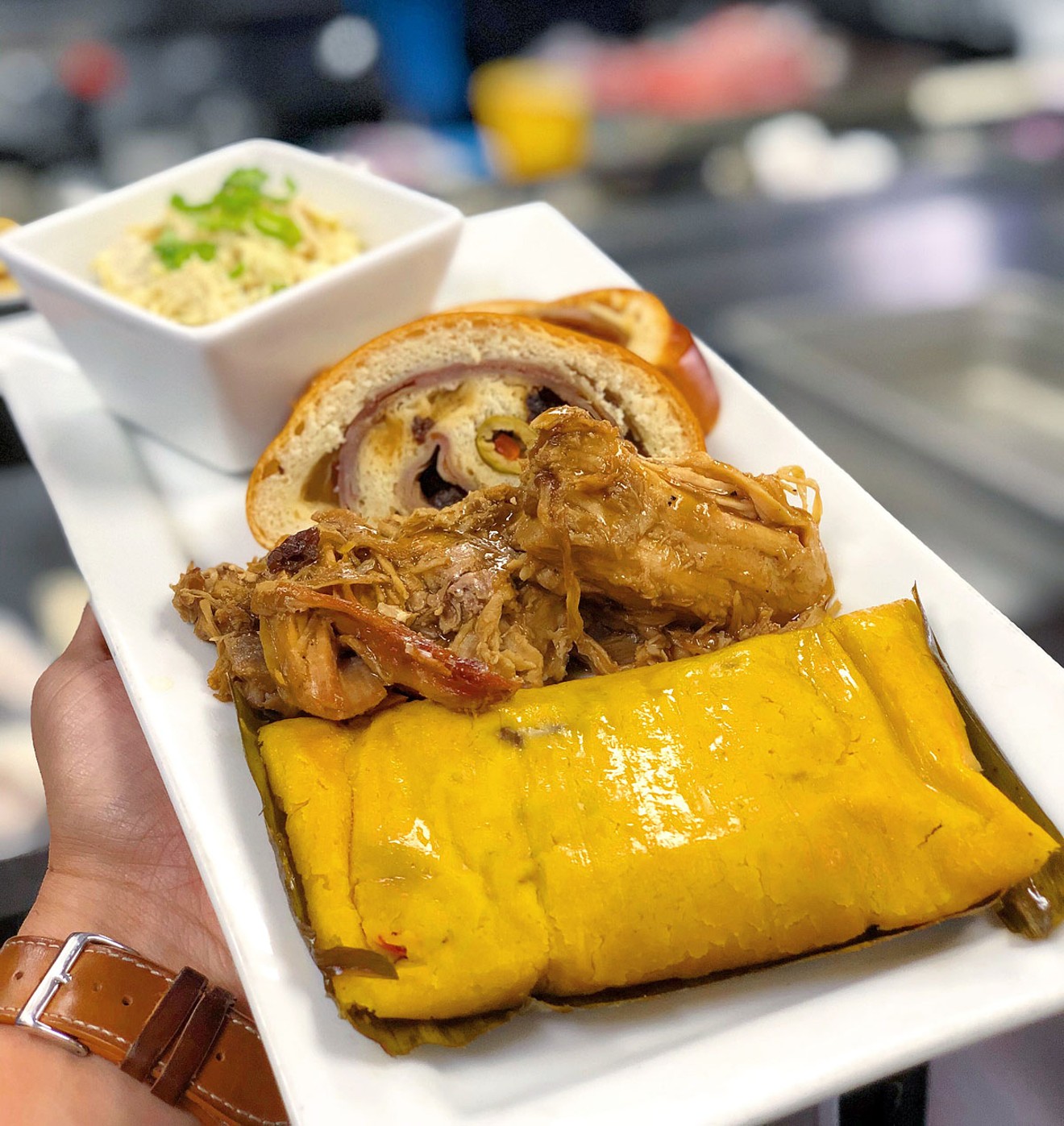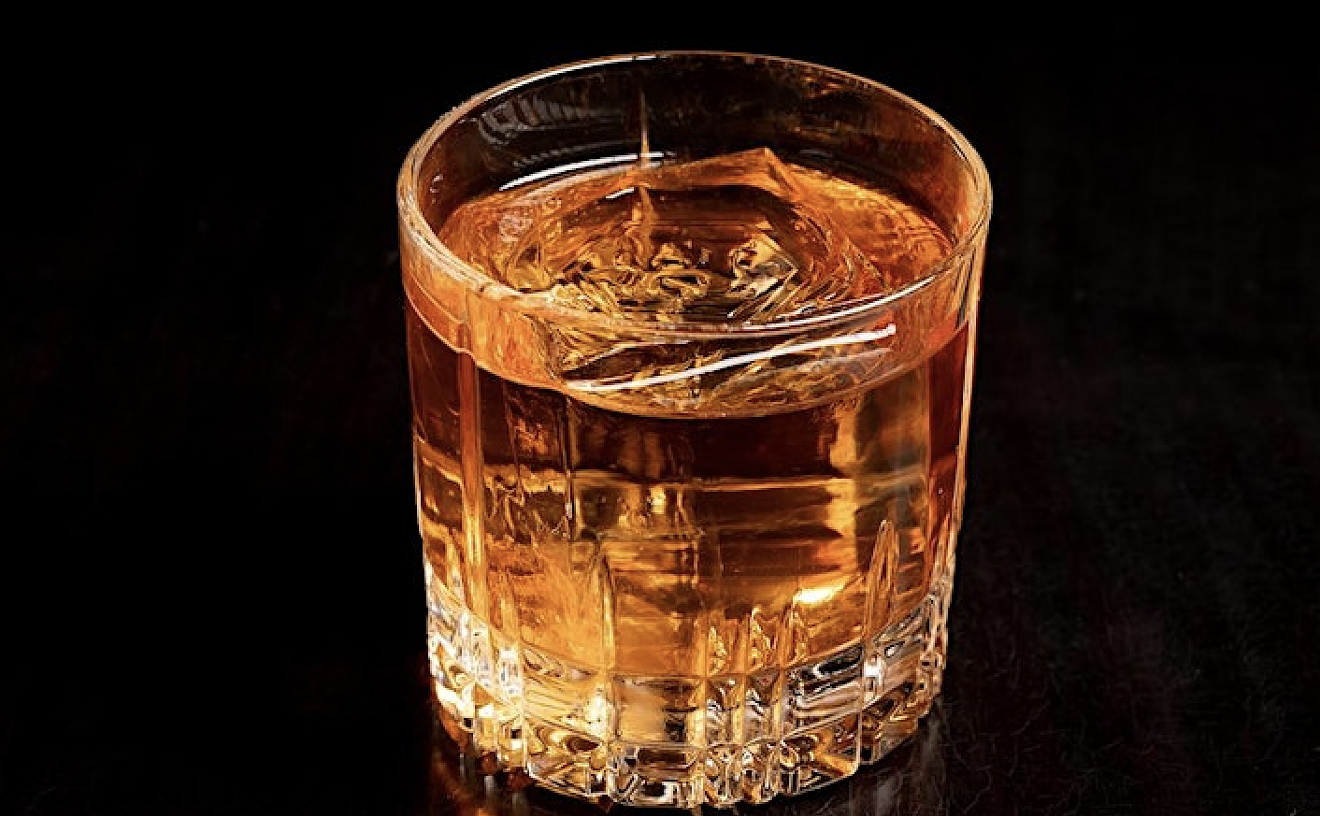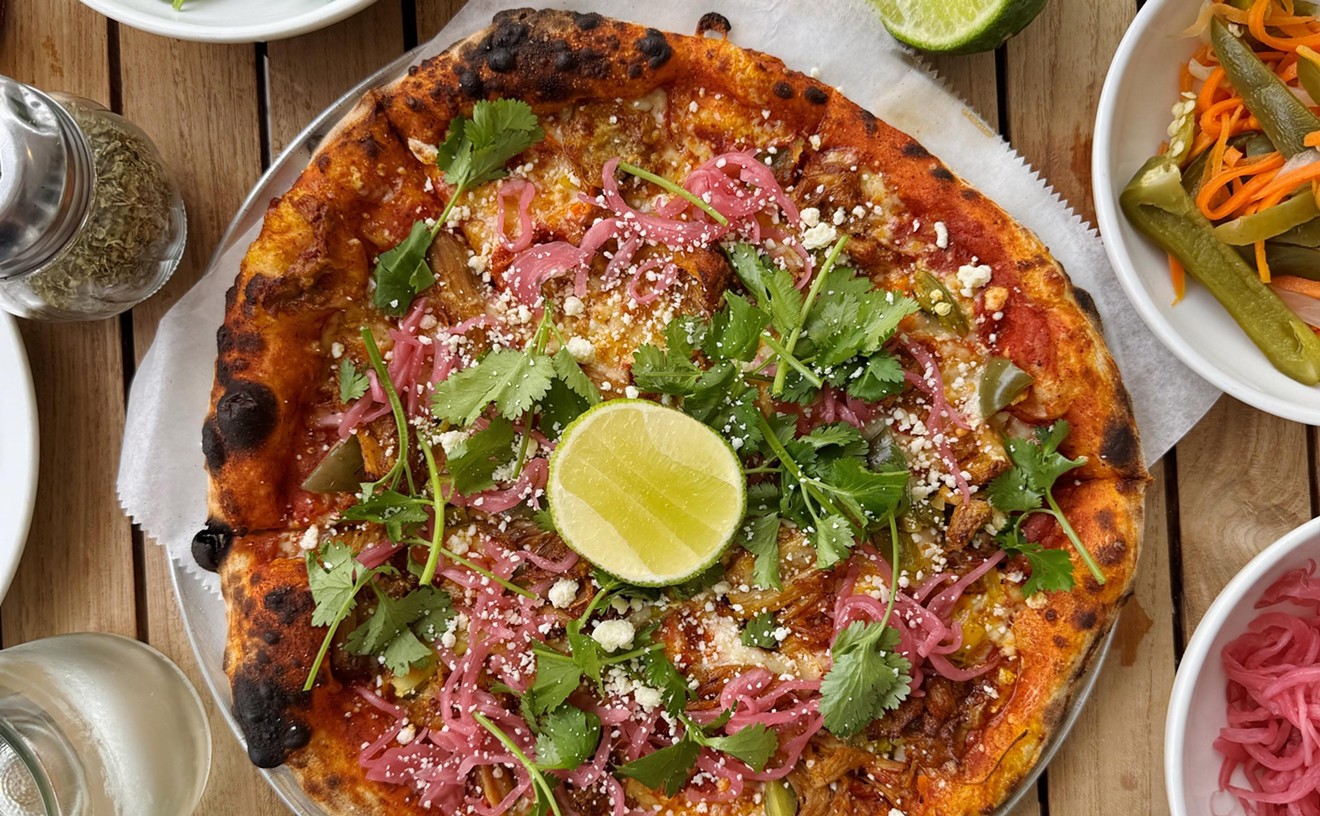Around 1 a.m. one night in November 2010, Roberto Gonzalez was on his way home from the Caracas restaurant where he worked when he noticed a truck's headlights lingering too close for too long. He hit the gas and began rushing through the roller coaster of hilly roads surrounding the city in the hopes of shaking the tail. Before long, a car pulled into an intersection, blocking his way, and a small group of men toting pistols pulled him out of his car and into their truck.
"In Caracas, this was a normal procedure. Many of my friends have been kidnapped," says Gonzalez, who is 28. "They asked for my father's phone number, told him they had me and they wanted money."
A small crew kept Gonzalez moving around Caracas for the next two days. He said he was well fed and taken care of. He was never threatened. It was business, he suspected, probably conducted by corrupt cops who didn't bother to disguise themselves. Eventually, his family paid the $10,000 ransom, and the young cook was dumped on a rural roadside more than two hours outside the city. The following month, his father told him to leave Venezuela. December 5 of the same year, he began his first day of work at Miami Beach's Juvia thanks to the help of his mentor, celebrated Venezuelan chef Victor Moreno.
Since then, Gonzalez's family, like so many from Venezuela, has been split. He, his father, and some cousins live in Miami, while his mother and sister stayed behind. Each year in late December, they all gather for a few precious days, highlighted by a group effort to make the iconic Venezuelan Christmas tamales called
"When you're making hallacas, it's a moment for the entire family to be together."
tweet this
They're part of a Venezuelan Christmas feast that easily ranks among the world's best celebratory meals. They're served with
Today you can find these dishes in Venezuelan restaurants strewn across Miami and in home kitchens wherever Venezuelans live. At every Bocas House (bocashouse.com) and Bocas Grill (bocasgrill.com), which Gonzalez oversees as executive chef, all four dishes come together for $17.50. The
For Gonzalez, the only
The Herculean effort begins with the plucking and cleaning of a hen, followed by rubbing a whole pork leg with lime juice or vinegar. The hen is set to boil for a couple of hours. Meanwhile, the leg meat is diced and combined with pancetta and beef brisket and set to slowly roast. Once the meat is cooked, it's combined with a Venezuelan sofrito of yellow onion, red pepper, garlic, green onion, and ají dulce; covered with water; and simmered for at least two hours. Finally, capers and olives are finely diced and thrown into the brew.
"To see and smell this all come together is incredible," Gonzalez says. "For us Venezuelans, there's nothing like it in the world."
Yet this is only the halfway point. The following day, a group must gather to clean a small field's worth of plantain leaves. Next, they'll take the broth made from the boiled hen and combine it with cornflour to make the dough for the
Precisely how such a dish came into existence is unclear. Modern oral tradition says it originated during Venezuela's Spanish colonial era when the enslaved indigenous people would combine the leftover scraps from their owners' Christmas tables with native ingredients such as cornflour and banana leaves. It's a story Gonzalez agrees with and one Venezuelan documentary filmmaker Juan Freitez Mora told Public Radio International in 2016 while hypothesizing that the dish became a Christmas staple because of the labor-intensive process requiring a number of hands available only when families gathered for the holidays.
The genesis of other dishes — such as the sweet, salty spiral of bread, meat, and cheese studded with olives and raisins called pan de jamón — is unclear. Venezuela-based tourism and gastronomic guidebook publisher Miro Popic Editor credits the bakery Ramella, once situated on the corner of Caracas' historic Esquina Gradillas, with creating the first version of only ham and bread. Here, it was airy soda bread filled and baked with the remains of ham marinated in wine, cloves, cinnamon, and pineapple. The modern iteration didn't emerge until some years
Whatever the origin, the hefty, savory loaves with a contrariety of sugar and salt have become a frantic side hustle for Daniela Sanchez. The 31-year-old has been a regular in the kitchens of Deme Lomas and Karina Iglesias' Arson and Niu Kitchen, and today can be found sporting one of her trademark brightly colored head wraps while working alongside Pablo Zitzmann at South Miami's No Name Chinese. While attending the Instituto Culinario de Caracas, the Maracaibo native found she had an affinity for baking. Some years later, after she'd moved to Miami and was feeling homesick, she made one of the traditional loaves, posted a picture on Instagram, and was soon inundated with requests from people who wanted their own. It wasn't long before Sanchez found herself rushing home after work to spend all night rolling and baking. In recent years as the holiday has neared, she's stayed awake night after night, single-handedly baking more than two dozen of the $25 loaves in a household oven.
"I know so many people that left everything behind, and this is something everyone remembers from when they were little," Sanchez says. "The memory of these foods are all they could take with them."
There's a similar feeling at Carlos Garcia's Obra Kitchen Table (1331 Brickell Bay Dr., Miami; 305-846-9363; obramiami.com), where on a recent Monday, nearly all of the Venezuelan chef's crew seemed dedicated to the labor-intensive
"It's like therapy," says the 46-year-old Garcia, wearing thick-framed glasses and a tight salt-and-pepper beard. He was best known for his Caracas restaurant Alto, a regular on the "Latin America's 50 Best Restaurants" list, which has kept its doors open even as political unrest spilled off the street and sometimes through the front door. Garcia's notoriety and championing of Venezuelan cuisine helped Obra become a fast success since opening in May. As Christmas neared, he knew his menu would have to include some of the traditional holiday dishes. Here, he's partnered with his friend, fellow Venezuelan chef, and
The pair labored for days to find the perfect flavor balance for the stew that fills each
The two also say
"When you're making












